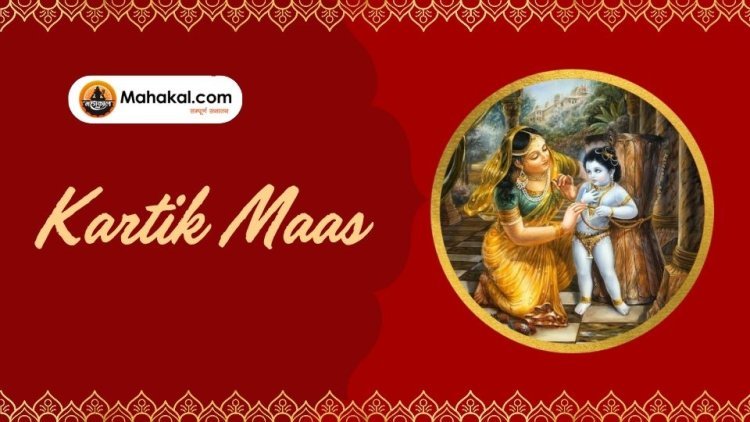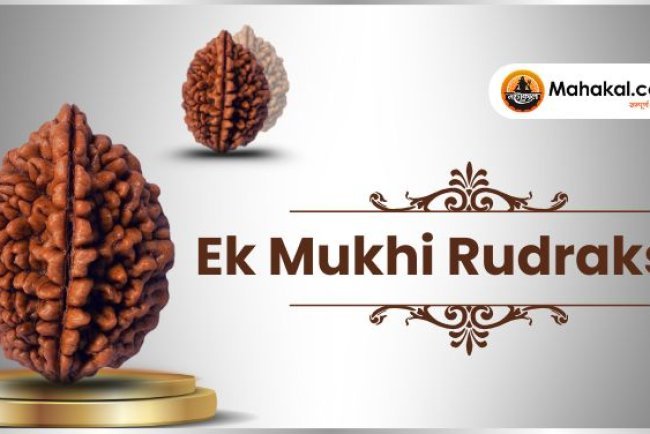Kartik Maas: A Sacred Month for Spiritual Growth
"Kartik Maas is the holiest month in Hindu tradition, celebrated for devotion, purification, and festivals like Diwali and Tulsi Vivah.

Kartik Maas is considered one of the most spiritually significant and auspicious months in the Hindu calendar, dedicated to devotion, self-discipline, and inner purification through unique festivals and rituals.
Spiritual Significance of Kartik Maas
Kartik Maas, also called Damodar Maas, is revered as the “best among all months” in various Hindu scriptures, including the Padma Purana and Skanda Purana. Devotees believe that any form of spiritual practice like fasting, prayers, recitation of scriptures, or acts of charity performed during Kartik Maas carry amplified benefits, helping one to purify the soul and move closer to liberation (moksha). The month is dedicated especially to Lord Vishnu in His Damodar form and Lord Krishna, whose loving Leela with Mother Yashoda is commemorated by devotees—the name “Damodar” comes from Krishna being tied with a rope around his waist, symbolizing how divinity is bound by the sincere love of devotees.
Key Rituals and Festivals
Kartik Maas is celebrated with numerous festivals, especially in North India and is marked by vibrant spiritual practices such as:
-
Deep Daan (Offering Lamps): Lighting a ghee lamp daily is considered a highlight of Kartik Maas, symbolizing the dispelling of inner darkness and inviting divine grace.
-
Kartik Snan: Devotees take a sacred bath in holy rivers before sunrise throughout the month, which is believed to purify and heal the body and soul.
-
Fasting and Prayer: Many observe deep fasts and recite scriptures daily, like Bhagavad Gita and Vishnu Sahastranaam, deepening spiritual consciousness and discipline.
-
Festivals: Major religious events include Diwali, Govardhan Puja, Dev Deepavali, Tulsi Vivah, Ekadashi celebrations, and special pujas for Lakshmi and Hanuman.
Practices for Spiritual Growth
During Kartik Maas, devotees dedicate extra time to meditation, prayer, and charity, aiming for a period of introspection and self-improvement. Specific practices recommended include:
-
Participating in satsang and kirtan (spiritual gatherings)
-
Fasting or limiting indulgences to cultivate inner strength and humility
-
Reading and contemplating sacred scriptures, aligning daily actions with spiritual values
Regional and Cultural Diversity
The observance of Kartik Maas varies across India, reflecting rich regional traditions while sharing common themes of devotion and spiritual upliftment. In Varanasi and other pilgrimage sites, the ghats are illuminated with countless lamps during festivals like Dev Deepavali, creating a magical and devotional atmosphere.
Kartik Maas is a time for spiritual rejuvenation, self-discipline, and devotion, recognized as an ideal period to enhance one’s spiritual practice and purify the mind and body. By partaking in specific rituals, festivals, and acts of service, devotees tap into the unique cosmic energies of this sacred month, deepening their connection to divinity and paving the way for enduring spiritual growth.
What's Your Reaction?















